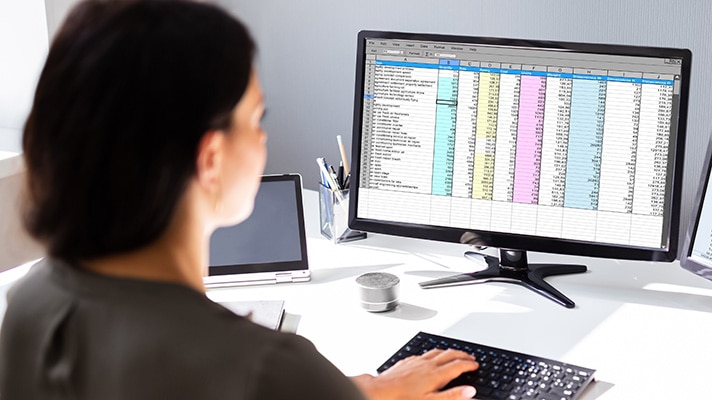An accounts receivable ageing report lists unpaid customer invoices or a company’s accounts receivable by periodic date ranges. Companies use accounts receivable ageing reports to determine which customers have invoices with outstanding balances. This collection tool makes it easy for business owners to identify late-paying customers and look for trends to analyse how their collection processes are going.
Accounts receivable ageing reports typically contain invoices. However, they sometimes consist of credit memos that customers haven’t used yet. Credit memos, a type of accounts payable, are transactions posted on a customer’s invoice that serve as a payment or reduction. These are also often called ‘Adjustment Notes’.
To help you get started, we’ve created this guide on accounts receivable ageing reports. We’ll go over what this type of report is, why it’s important, how to prepare an A/R ageing report and more. Continue reading to learn about accounts receivable ageing reports in-depth, or jump to a section using the links below.

















